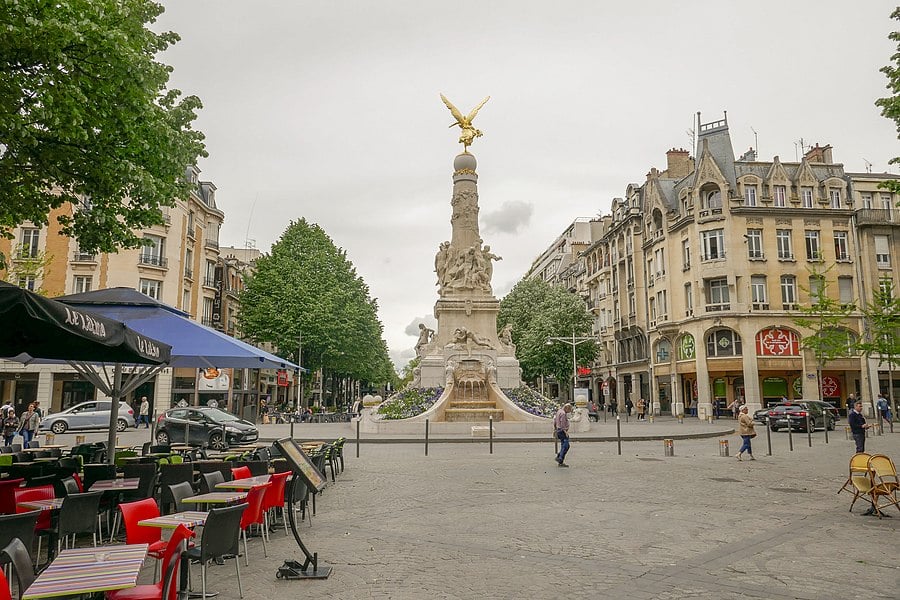
WEIGHT: 57 kg
Breast: B
1 HOUR:100$
Overnight: +30$
Sex services: Cum in mouth, Photo / Video rec, Striptease, Tantric, Bondage
To browse Academia. Published in Speculum, vo. Lane, E. Pastan and E. This paper presents a study of the iconographic relationship between medieval church porches and the porches of King Solomon. The paper begins by introducing instances where established architectural modes were adopted for the design of a church porch, for example the cloistral attributes of the porch at Great Massingham Norfolk.
The present contribution discusses the known occurrences of the expression opus Salomonis in Medieval art and literature. The goal is to regroup together the textual occurrences discussed in the past by various scholars, in order to show how the application of the expression differs across different contexts. Most of these Solomonic references depend on the initial topos of the furnishing of the Temple of Jerusalem but they act out in different ways and should be understood according to three main lines of interpretation.

The first one depends on a tradition, which is possible to date around the sixth century C. The second interpretation, strictly related to the former, but whose earliest mention is an eighth-century source, shows us a shift toward a more symbolic dimension, thus referring to objects that result evocative of the context of the Temple for their technique of realization, without, however, being considered actual pieces of it.
There is a third possibility, probably developed between the twelfth and thirteenth centuries in a French cultural context, which deals on a more decorative aspect, conveying an idea of a specific geometric effect.

The analyses in this collection examine the historical and artistic contexts in which different cathedrals emerged. The papers collected here were born of the realisation that some of our cathedral monuments still require further examination, under different and complementary lenses. The authors have tried to expand the channels of enquiry relating to both the architectural influences and the ritual uses of cathedrals built from the 9th to 13th centuries.



































